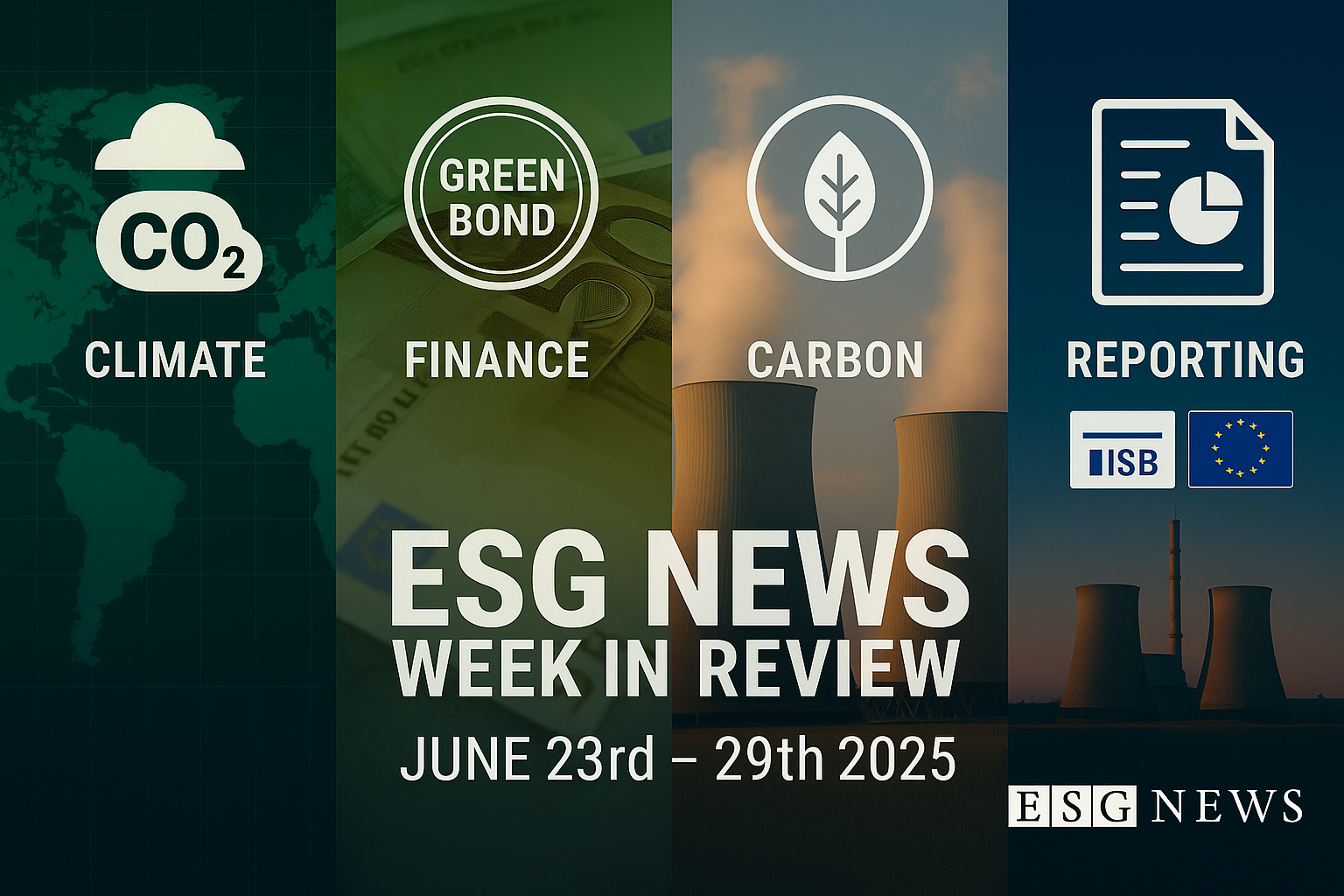ISO New England Verifies Reliability of ESG Clean Energy’s First Holyoke Power Project

ESG Clean Energy, LLC, developers of Net Zero Carbon Footprints and clean energy solutions for distributed power generation, announced that its 3.9 MW Holyoke power generation plant (H1) meets the transmission reliability standards established by ISO New England, the independent organization responsible for keeping electric energy flowing across the Northeast region.
ISO-NE Reliability Committee recently conducted an extensive review of the transmission systems connected to ESG’s patented H1 project. In a letter to ESG, ISO-NE verified that the project meets its reliability standards for power transmission and “did not identify a significant adverse effect on the reliability or operating characteristics of its transmission facilities” or on others facilities producing power for the grid.
“Having this approval accelerates the final stage of the process that’s underway for getting our first power generation system on line,” said Nick Scuderi, president of ESG Clean Energy. “This is a testament to our team of engineers and partners who have been working very hard to make this happen.”
Once live, the ESG power generation system will enable HG&E to provide low-cost energy to its residence while preventing over 15,000 tons of carbon dioxide from entering the atmosphere every year. It will also help boost the reliability of the area electric grid during peak usage times throughout the year.
See related article: IEA expects record renewable growth despite cost, supply problems
The ESG Clean Energy power generation system is designed to utilize waste heat from a conventional, natural gas, internal combustion engine to drive its carbon dioxide capture technology without loss of efficiency.
Exhaust gas contains a significant amount of water vapor and CO2 as naturally occurring byproducts of the combustion process. By separating those two elements, the ESG system is designed to produce distilled water – and other commodities such as urea, methanol, and recycled plastics – while capturing close to 100% of the CO2.
As a result, Net Zero Carbon Footprint power production can be achieved.
For more information about ESG Clean Energy, please visit www.ESGcleanEnergy.com.
Source: ESG Clean Energy, LLC









